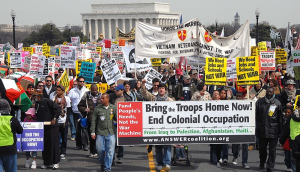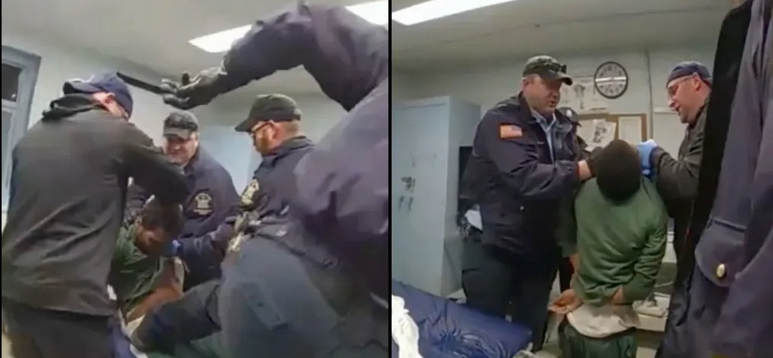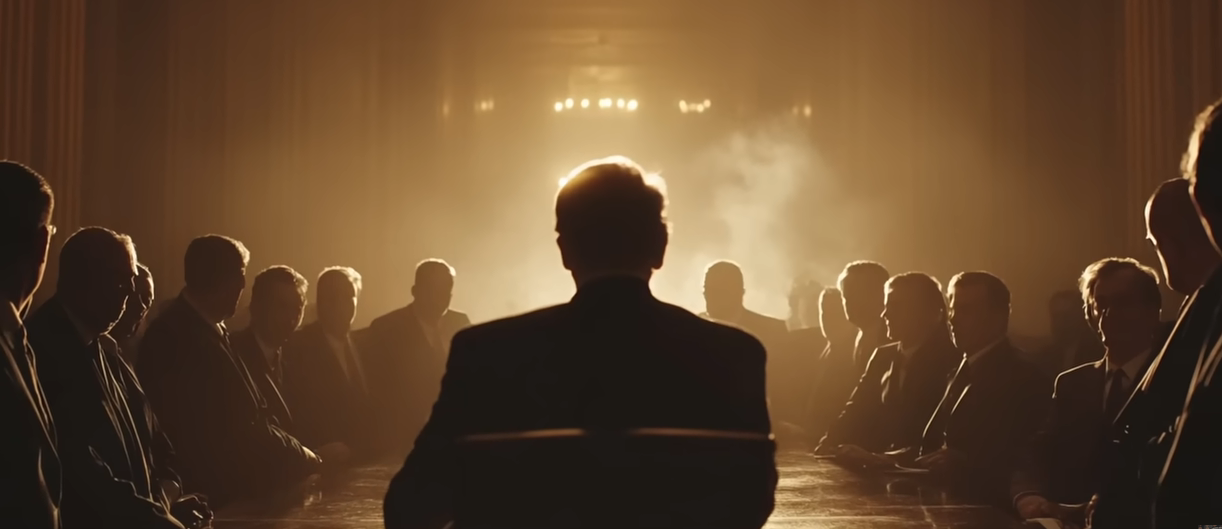By Arnold “Skip” Oliver\PeaceVoice
Photos: Wikimedia Commons\Facebook
An iconic song back in the 1960’s addressed the causes of war, and what leads young people to fight in them. Buffy Saint Marie‘s Universal Soldier advised that we could end war if soldiers refused to fight. So what if we gave her idea a test this winter? Let’s suggest to the soldiers among the various warring parties from the Middle East to Europe to Africa and beyond that they refuse to kill each other for a while.

This idea may not be as crazy as it first may sound, and in fact has been tried in the past with some success.
Resistance to war is taking place right now in both Eastern Europe and the Middle East. In Israel, thousands of military reservists are refusing to take part in the violence of the occupation, and in protest of the country’s drift toward authoritarianism.
Among Palestinians, nonviolent resistance also has a very large following, and has had for a number of years.
And if anything, the numbers of military refuseniks in Russia and Ukraine are even greater. The BBC has reported that 20,000 young men have fled Ukraine to avoid military service, and those numbers in Russia are likely higher.
In fact, resistance to war by young men facing conscription and even active-duty soldiers is not new, and has a storied history.
For instance, during the First World War on the evening of December 24th in 1914, peace broke out in the most unlikely of places. In the blasted, putrid trenches of Belgium and France, soldiers fighting on the Western Front put aside their arms in what became known as the Christmas Truce.
Although World War I was then only a few months old, there had already been a million combat deaths. Many soldiers were weary of the futility and horrific costs of the war, and thousands of them spontaneously stopped trying to kill each other.
The drama began on Christmas Eve, as German soldiers lit up their Tannenbaums (Christmas trees), put them on top of their trenches in view of the Allied troops, and began to sing carols. From there, full scale fraternization became widespread.
Troops put down their weapons, climbed out of the trenches and met in no-mans-land to pray and sing and exchange greetings and gifts. The cease fire continued into Christmas Day during which the dead were buried, toasts were exchanged and soccer games played.
The break in hostilities was actually a mutiny, not a truce. It was initiated by the soldiers themselves against express orders from military commanders. In fact, the political and military leaders on both sides were horrified when the shooting stopped, and did everything they could to force a rapid resumption of hostilities.
Dire threats of severe punishment were issued, and the news of the rebellion was suppressed. But in spite of this, it took weeks for the fighting to resume in some areas. Lance Corporal Adolph Hitler, serving with the Bavarian Army, did not think much of the cease fire either.

The Christmas Truce is often portrayed as a singular event, and it is true that in the later years of the war there were few holiday cease-fires. But as the war ground on in its destructive stupidity, very large mutinies took place.
In the East, the Russian army disintegrated, the soldiers voted with their feet, and went home to make revolution. There were also large-scale mutinies among German and French troops, weary of being fodder for cannons. Much of Europe, not just Russia, teetered on the brink of revolution.
In fact, military mutinies have been common throughout history. During the Napoleonic Wars entire British naval fleets rebelled over brutal treatment and sympathy with French republican ideals. Warships commanded by mutineers blockaded the port of London.
The United States armed forces have at times also rebelled, for a variety of reasons. During the Mexican American War of 1846 to 1848 an entire battalion of Irish immigrants went over to the Mexican side; and in the Civil War fraternization was widespread.
But it was during the Vietnam War that resistance from inside the US military was most consequential. By 1971 the U.S. military was nearly unable to function due to active dissent among all branches of the armed forces. Aircraft carriers could not put to sea, airmen declined to fly, and ground units did not engage. Disgruntled troops had as much or more to do with ending the war than the anti-war movement.
Upon reflection, it is incredible that crucial facts about our military adventures, such as GI resistance during the Vietnam War, are almost entirely absent from the news and history as it is taught. The topic is deemed inappropriate for young minds in our high schools and most universities, and has all but disappeared from the public consciousness. One cannot help but wonder how free our free society actually is.
In this season of peace, the citizens of the world can hope for another spontaneous truce from the trenches. If so, Buffy Saint Marie will deserve some of the credit.

Arnold “Skip” Oliver writes for PeaceVoice and is Professor Emeritus of Political Science at Heidelberg University in Tiffin, Ohio. A Vietnam veteran, he belongs to Veterans For Peace, and can be reached at [email protected].








